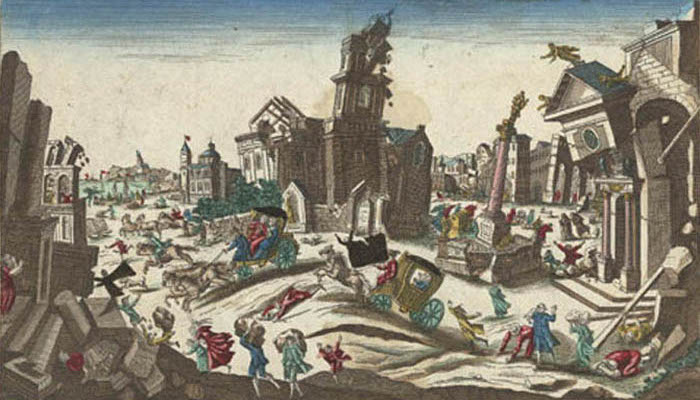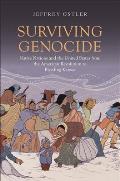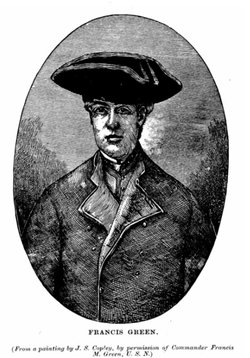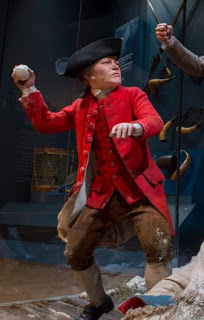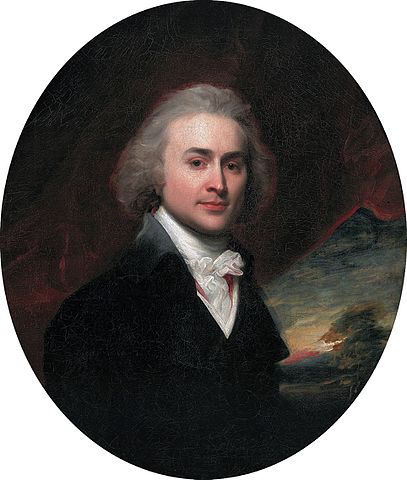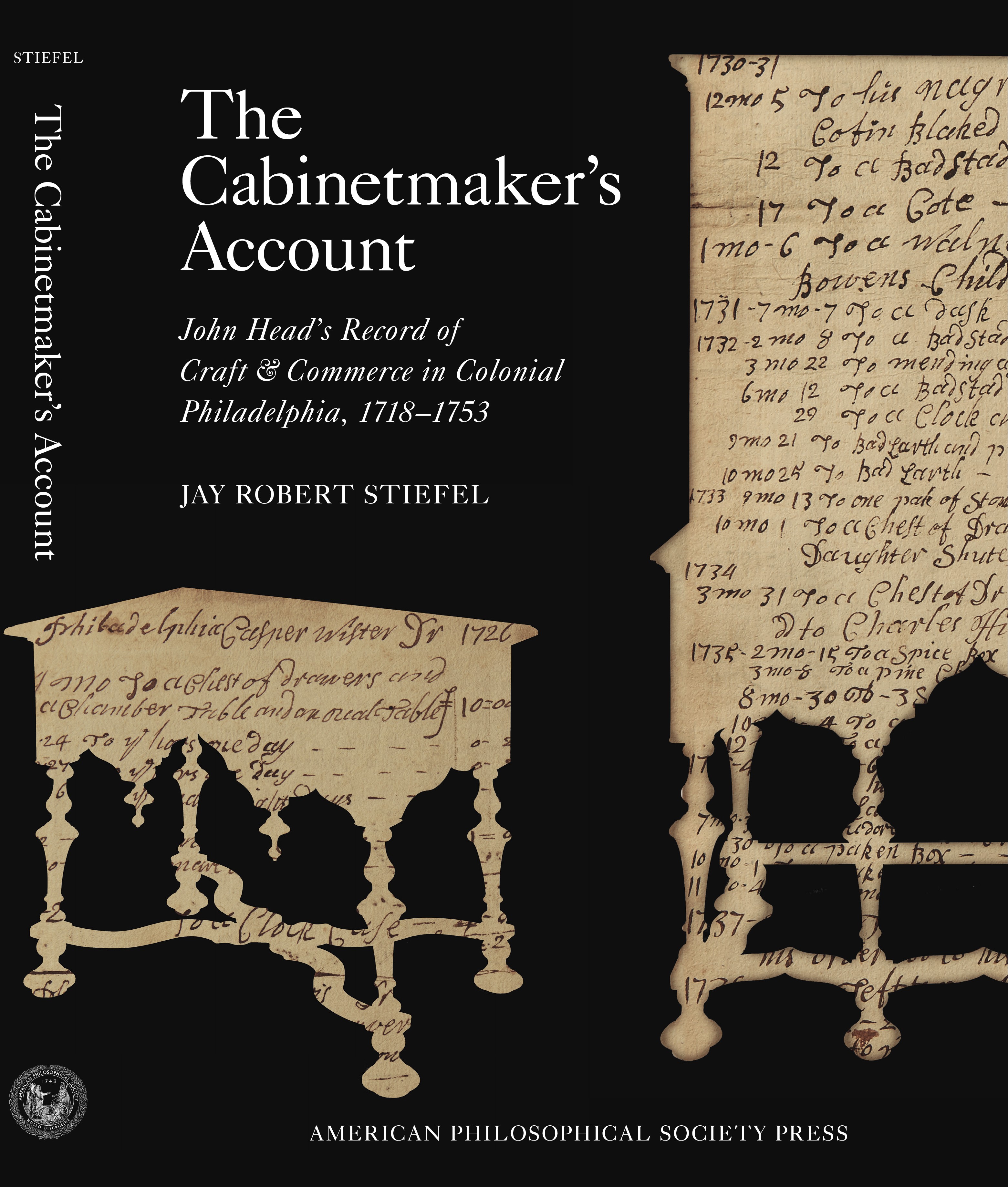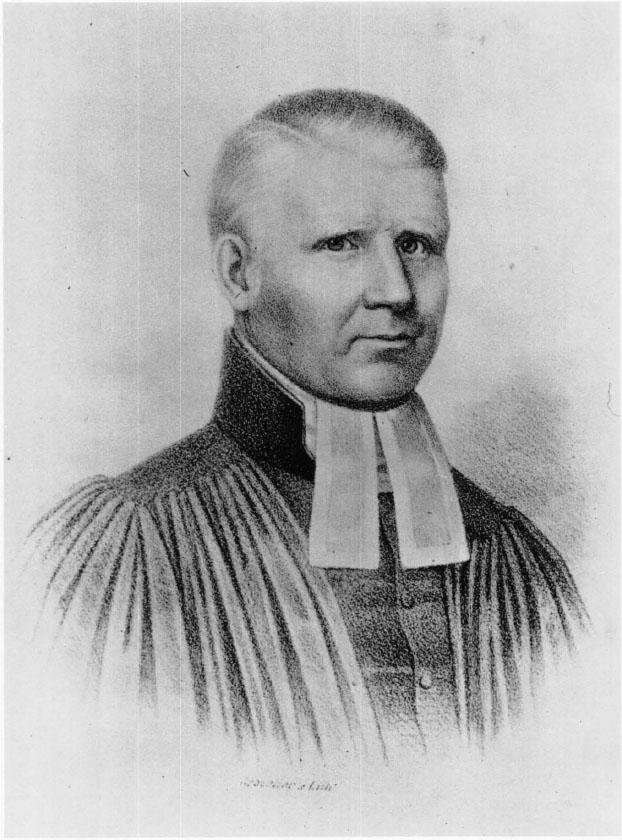“He wanted a free conversation with us”
According to Robinson, on Friday, 1 September, he arrived at the Board of Customs’s meeting room in Concert Hall about 10:30 A.M. and was told that Otis had come by that morning and asked to speak to him and a fellow Customs Commissioner, Henry Hulton. After Hulton came in, the two men sent “Green the Messenger”—probably Bartholomew Green—to find Otis.
About 11:00, Otis arrived at the door with Samuel Adams. The board’s secretary invited him in, but he declined. The two Commissioners went to the door, and Robinson said:
Your servant, Gentlemen; pray what is your business with us?----I share that all to show the genteel, even arch, tone of the interaction, and to suggest how frustrating it must have been to figure out what Otis was on about. It’s notable that he didn’t have a particular beef with Robinson—he was making the same approach to three of the five Commissioners. (Of the remaining two, John Temple was a political ally of the Whigs and Charles Paxton a longtime foe, so Otis probably didn’t see approaching them as worthwhile.)
Mr. Otis answered, that he wanted a free conversation with us:
I replied, It is necessary that we should first know upon what business, Will you not walk into a room Gentlemen?
He answered, that his business was of such a nature, that it could not be transacted in our own houses, and he could not mention it until he met us: and he proposed, that each of us should bring with him a friend, and he would bring a friend with him.
I then asked him, whether his business was official?
He answered, he did not understand what I meant by official:
I replied, does it relate to us as Commissioners?
He said, it is related to his character, he wanted a free conversation with us on that subject, and that he was to meet Mr. [William] Burch [another Customs Commissioner] at the coffee-house the next morning at seven o’clock.
I answered, that as I lived in the country, I did not know whether I could attend at that time, and Mr. Hulton [who lived in Brookline] said the same in respect to himself.
Mr. Otis then said any other time will do.
We answered, we would see him at a convenient opportunity, and then parted.
The next morning, Robinson decided he’d go to the coffee house at the same time as Burch, but he arrived late, closer to 7:30, and found Burch coming out. He and Otis ended up alone in a back room sharing a “dish of coffee.” [Because you need some kind of caffeine for a breakfast meeting.]
Finally Otis got to his grievance. In Robinson’s recollection he said:
I am informed that I have been represented to government by your Board, as a rebel and a traitor, and I have two or three questions to put to you, that I think, as a gentleman, I have a right to an answer, or at least to ask. The first is, whether your Board as Commissioners, Gentlemen, or in any other manner, ever represented me in that light, in any of their memorials or letters to the Treasury.There had been another leak from London, and Otis was taking things personally.
TOMORROW: The Customs Commissioners’ reports.




